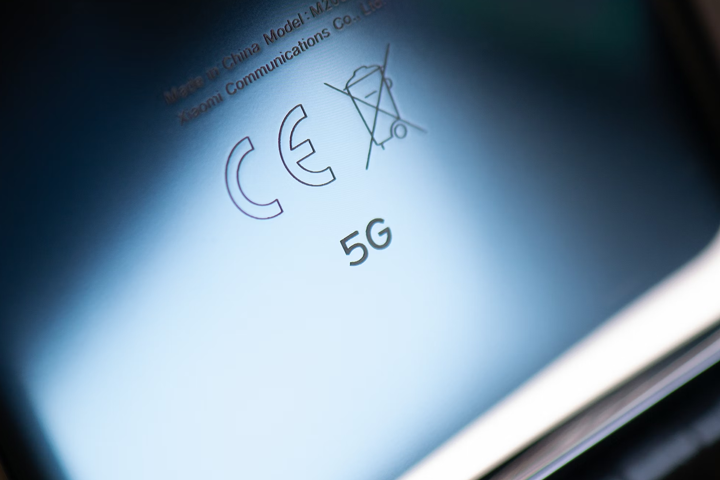5G: Driving change for BSS - Part 2

In the first part of our 5G blog series, we highlighted some of the key reasons for resetting BSS. In this second part, Richard Doughty looks at the benefits 5G will deliver to operators and their end-customers.
For most mobile operators, the rollout of 4G had a minimal impact on their core Business Support Systems (BSS). Peripheral products were sometimes required, but an enterprise-level BSS should have already had a catalogue platform capable of supporting new product design and rollout - that’s business as usual for telcos. Similarly, new network elements needed to be provisioned, but a good service orchestration layer should have been able to incorporate these additional provisioning changes through straightforward configuration.
However, 4G network rollouts did see an impact on charging/rating, as network operators came in to line with 3GPP/Diameter standards on network traffic communication and many found that they needed to update their Online Charging Systems (OCS) with Diameter-native or multi-protocol platforms not tied to a previously proprietary network vendor solution. And as more and more ‘postpaid’ services started being charged online, BSS platforms needed to move from processing CDRs offline to managing real-time session traffic for all mobile services, ‘prepaid’ and ‘postpaid’.
We’ll see more developments and additional features available to users with the upcoming 3GPP releases for 5G. But for those OCS vendors who are already very closely aligned with the 3GPP standards, the transformation can be managed much more easily, delivering a number of new benefits and opportunities for operators and customers alike:
Dynamic pricing
Analogous to Uber’s ‘surge pricing’, operators can introduce premium pricing in times of high congestion on the network, as well as reduced rates to incentivise use when there is excess capacity. Whether this model will be popular with customers is debatable, but dynamic pricing works for Uber and it could be an alternative revenue generator for telcos providing they can demonstrate the value to their users.
Quick boosts
Other variations of premium services can be carved out around latency and bandwidth. The increased capacity and quality that 5G offers will allow operators to offer temporarily boosted services, for example as an in-app purchase. Adding quick boost buttons to carrier apps will allow customers to get super-fast data with a very high QoS for a set period of time - an hour or a day, for example. This has the potential to become a significant revenue stream for operators going forward, and the BSS needs to be able to support this from product catalogue, through mobile apps and in to the provisioning and charging for service usage.
Geozone-based services
This started with 3G/4G but has been gathering pace. Operators will be able to track a user’s location through AVPs in the Diameter charging requests, and then push that information back to partners who can offer tailored services to them (subject to appropriate consent). Obtaining geolocation data has been possible at the network level for some time, but revenue share capabilities can be greatly enhanced by linking it back to the BSS. This requires advances in product catalogue, CRM and message distribution, and operators should also look to combine it with in-app purchasing options, subject to a customer’s GDPR settings of course!
Blockchain solutions
Blockchain technology enables distributed verification which telcos will be able to leverage to provide high speed access across the network for a multitude of devices. 5G introduces the capacity and capability to allow blockchain to be used to automate or accelerate many business processes, which we highlighted in a previous blog post.
In context of BSS, blockchain has potential applications in charging, for verifying the veracity of a service before permission to continue a session is granted (done as part of the Diameter CCR); in number porting for distributed records of MSISDN ownership, with a centralised clearing house used to authorise and automate the porting process (interestingly Ofcom has just announced a blockchain trial for managing landline telephone numbers in the UK); but ironically perhaps not in payment methods for the time being, which is where of course blockchain started out.
Internet of Things (IoT)
There’s a lot of talk about IoT, but at the moment we see more challenges than opportunities for operators, mainly due to the cost of supporting a market evolution in which there is very little visibility of direct revenue. IoT will deliver huge load on the networks but that won’t be backed by operator revenue. We see a lot of people trying to monetise IoT but when we talk to them on revenue projections, they do not expect more than a few cents per SIM per month, according to the current models. If an operator’s current BSS doesn’t support IoT, then the cost of deploying an adjunct platform to support IoT only can be prohibitive.
An operator’s BSS needs to be able to support the change in volumetrics that comes with IoT; supporting tens to hundreds of millions of devices across the BSS, spanning order management, contracts, provisioning and of course, charging and billing. Optimisation and scalability will be key to delivering support for IoT but it must be done alongside the traditional retail and even wholesale business processes in the BSS. Only those BSS that can support these business models and volumes will be favoured in the market, and operators embarking on BSS transformation projects should be looking to select systems that can support traditional retail, wholesale and IoT within a single platform.
5G is going to have a larger impact on BSS roadmaps than any previous, recent network technology evolution. BSS vendors should already be well on their way to delivering against the 5G specifications in 3GPP R15 and the anticipated improvements coming in R16. Moreover, they should also keep technological paradigms such as NFV and SDN in mind as they prepare for the new 5G future. However, the key goal should be to deliver superior customer experiences around new products and models in a transparent and reliable manner.

